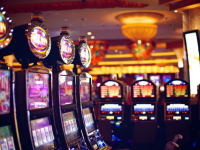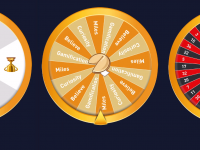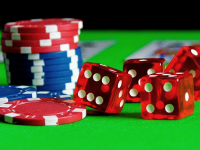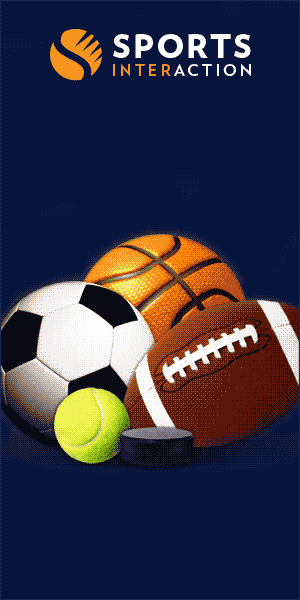Get Queries Solved with Common Tennis Court Repair Questions

What are the recommended area and proper slopes of the Tennis Court?
A 60′ x 120′ court is the recommended size for a single court. The minimum needed dimensions are 56′ x 114′. To accommodate judges and benches, stadium courts should measure 66′ x 132′. The ideal size for multiple court complexes is for each court to be 60′ by 120′, with a distance of 24′ between them. The ideal minimum distance between courts is 18 feet, whereas the absolute minimum distance is 12 feet.
There should be no impediments inside 12′ of the doubles playing lines. Side-to-side, end-to-end, or corner-to-corner, hard courts should slope at a minimum of 1′′ in 10′ (0.833 percent) and a maximum of 1%. Clay courts should slope in one direction from 1 inch in 30 feet to 1 inch in 40 feet.
How much does it cost to resurface a tennis court?
Apart from restoring the tennis court to its former glory, resurfacing will also help to avoid further damage. To repair the tennis court requires a huge amount. However, it might cost approximately from $4000 to $8000. For additional inputs, it may take extra costs.
What are all elements needed for constructing a Tennis Court?
Concrete or asphalt is used as hard tennis court surfaces. Asphalt is less expensive to lay at first, but it deteriorates quickly. Three to five years later, structural cracks and settlements or displacement can be developed. After ten years, extensive rehabilitation is required. Post-tensioning should be used while tennis court repair. Steel wires in a plastic sheathing are put in a grid throughout the slab in post-tensioned concrete.
How many kinds of surfaces are available for a Tennis Court?
Hard Court surfaces with acrylic color treatments are common. For a constant textured playing surface, these are made up of primer and sand-filled color coatings. Hardcourt substrates can also have cushioned surfaces.
Sand-filled turf can be laid down on concrete, asphalt, or a well-prepared gravel basis. These surfaces can be used as rehabilitative surfaces, as they can be installed over severely fractured substrates. It gives varying degrees of cushioning for the player.
Aggregate bases with green or red clay playing surfaces make up clay surfaces. These “soft” courts offer a different sort of game that is easier on the body and moves slower than “hard” courts. However, it is done according to the stadium’s needs and preferences.







